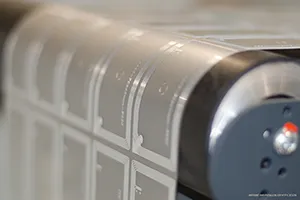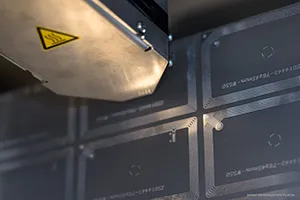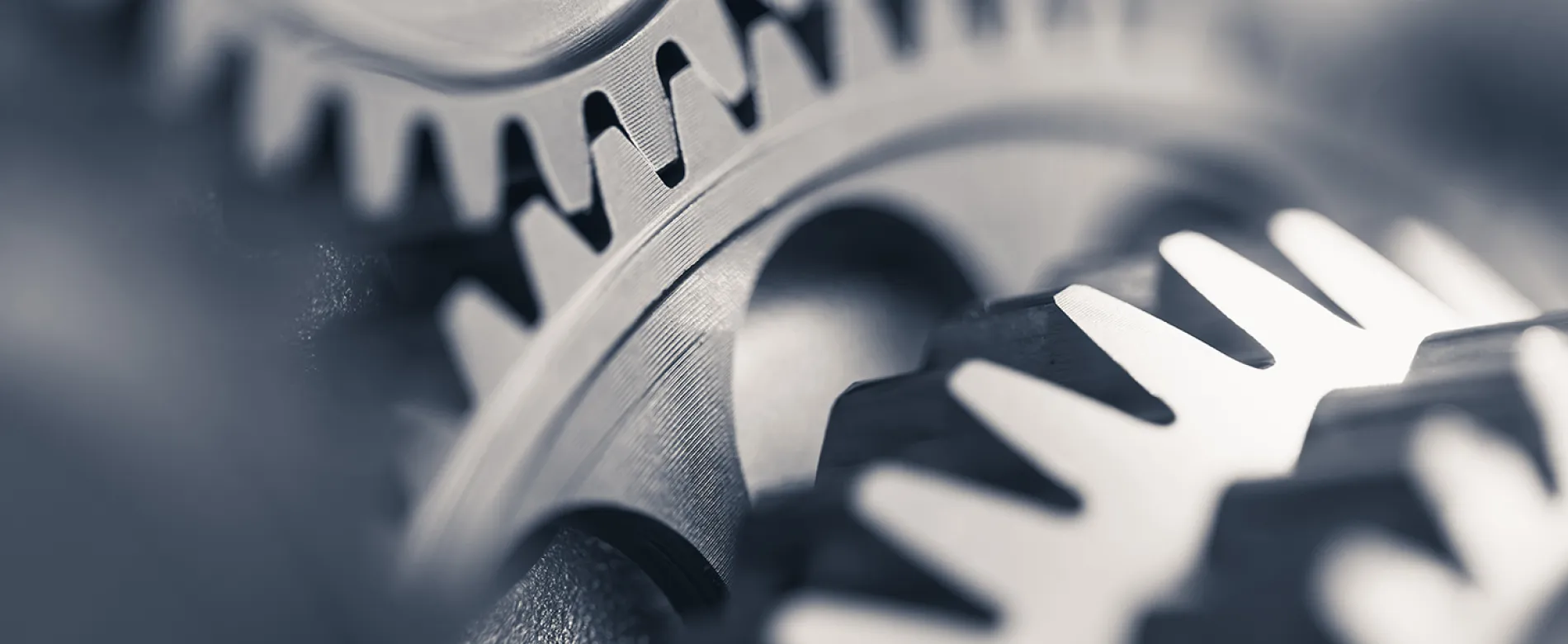The History of Radio Frequency Identification Technology
The history of RFID: where did it come from?
We use RFID every day; sometimes without knowing, for example when accessing public transport, using our passports to board a flight or when making payments in-store.
RFID – Radio-Frequency Identification – uses electromagnetic fields to identify and track objects which carry either a passive or active tag. Unlike passive tags that require energy from nearby RFID readers to be detected, active tags have their own power source to broadcast their unique identification number and thanks to this, the tags can be detected by a reader over a longer distance.
Like barcodes, RFID tags can be used to quickly identify an object, however, unlike barcodes, several tags can be scanned at once and without the need for physical sight of the label, thus reducing time spent on stock management. RFID tags can also hold a lot more information than barcodes and create a more specific identification for items, tracking, monitoring and storing data. Thanks to their small size, RFID tags have been placed into day-to-day objects such as passports, library books, clothes and payment cards.
But where did this technology come from? And when was it created?
A recent article on the BBC website discusses the Cold War spy technology we all use today.
RFID – the technology on which Near Field Communication (NFC) is also based – is thought to have been created during WWII. One of the forerunners for this technology was the revolutionary electrical musical instrument developed by Leon Theremin. The instrument could be played without physical touch due to waves generated by the instrument being at a static frequency. The concept of this invention led to the creation of Theremin's Thing following the second World War.
In 1945, a group of boys from the Young Pioneer Organisation of the Soviet Union presented a hand-carved ceremonial seal of the USA to the US ambassador, Harriman. Within the seal was an antenna activated by radio waves that were directed at the US embassy by the Soviets. This served as a microphone and broadcast private conversations back. The ambassador’s security staff would have checked the seal, also known as ‘The Thing’, for electronic bugs and other spy equipment, however without batteries or wires, nothing was picked up and therefore the seal was placed in Harriman’s study. This location was prime for listening into private conversations for the following seven years.
In the 1970s, RFID tags were used to monitor railway carriages. Today, RFID tags are used by many organisations such as the NHS and big retail chains across the world to track assets, manage stock or control quality processes. Due to the technological advancements these tags can be used to track almost anything, thanks to the simple idea created by Theremin decades before.
RFID was, however, officially invented in 1983 by Charles Walton when he filed the first patent with the word ‘RFID’. NFC started making the headlines in 2002 and has since then continued to develop.
Slow adoption
However, the technology was not adopted that quickly, in retail in particular. RFID technology has been around for almost 20 years, but with the expense and lack of valuable data proving its benefits originally, many companies didn’t see the value of investing. Other challenges that have inhibited the use of RFID for retailers include the integration of the technology into their current stock management systems and the change in culture that needs to occur to support it.

In recent years, however, retailers including Adidas, Decathlon, John Lewis, Tesco, River Island and M&S have introduced RFID into their organisations and have all made a return on their investment, reporting an increase in sales of up to 5.5% and a decrease in stock holding of up to 13%.
What about NFC?
Near field communication (NFC) is a high frequency (13.56 MHz), wireless communication technology that enables two electronic devices to interact with each other when brought into close proximity – about 4cms, thus making NFC more adaptable than RFID and moreover, accessible to all through the use of smartphones. It is already widely used for contactless payment and access control, for example in public transport, but one of the new opportunities for this technology lies in “smart packaging” and “smart marketing”. NFC can be used to exchange digital content and also increase customer engagement. By placing an NFC tag within a product, customers can scan the tag to find out more about the item, enter competitions or easily reorder.
NFC is a unique, secure technology that provides an outstanding customer experience and is now open to both android and IOS, bringing endless opportunities to brands in terms of customer engagement and satisfaction.
What's next?
RFID is being adopted widely in the retail sector and also brings efficient solution to asset tracking challenges in the air transportation, industry or healthcare markets.

With the growth of multi-channel communication and increasingly demanding customers, the technology, and in particular the NFC, also brings opportunities in other areas such as secure authentication, smart changing rooms and connected packaging. The information marketers can gain from using RFID technology provides a better understand of customers’ habits so marketing strategy can be tailored to fit requirements.

